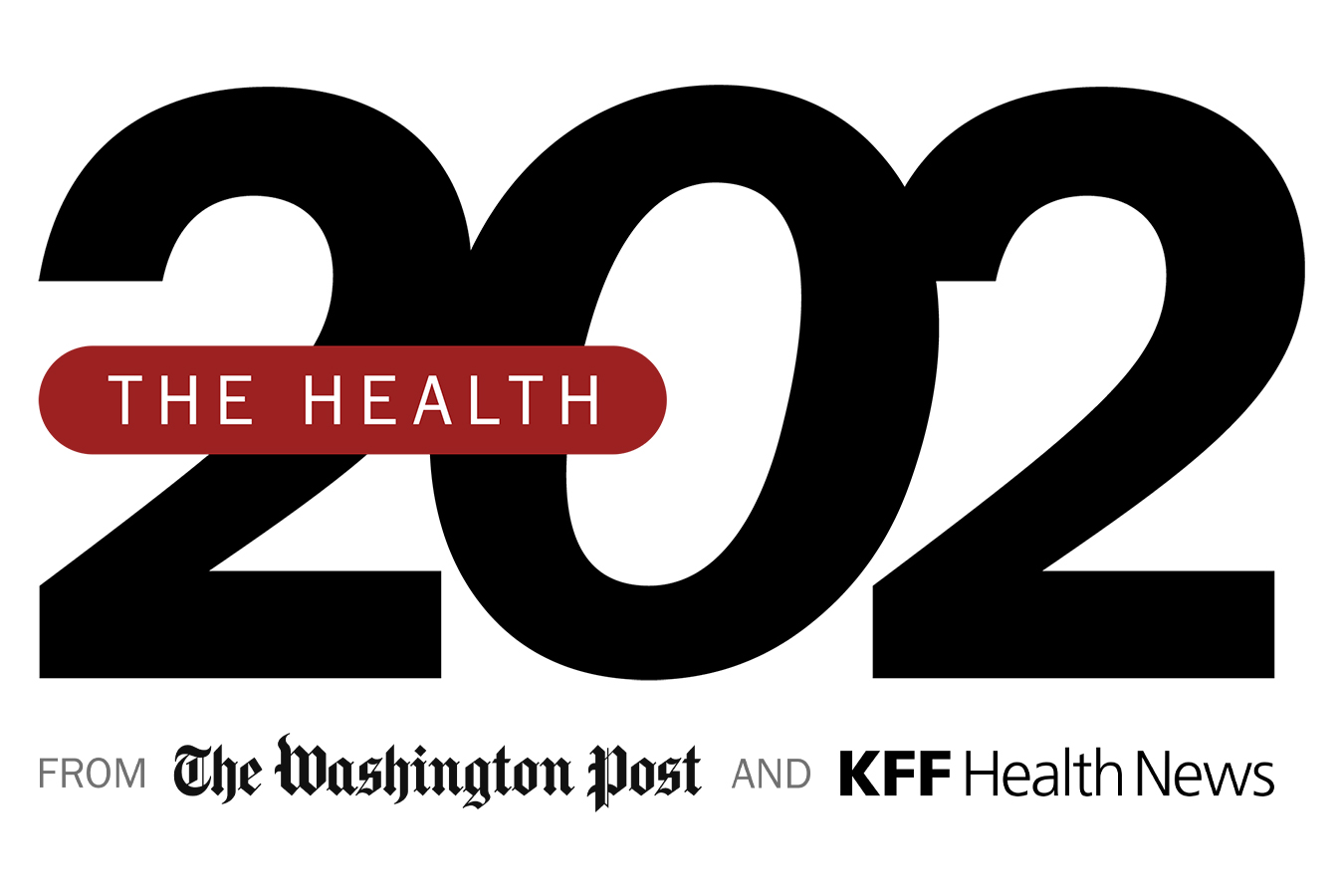When the Agriculture Department posted a recall of chicken nuggets that might be contaminated, it directed consumers to return them or throw the stuff away.
When the Consumer Product Safety Commission announced that poorly designed baby loungers could suffocate babies, it warned consumers to immediately stop using them.
But when it comes to medical devices, the Food and Drug Administration and manufacturers routinely allow doctors and hospitals to continue using equipment that, as the government sees it, could injure or kill the patients it’s supposed to help. KFF Health News recently highlighted the issue of non-recall recalls in an examination of MitraClip, a cardiac implant.
In 2016, medical device giant Abbott issued a recall for the device — “a Class I recall, the most serious type,” the FDA said. “Use of this device may cause serious injuries or death,” an FDA notice said.
But neither the manufacturer nor the FDA actually recalled the device or suspended its use. They allowed doctors to continue implanting the clips in leaky heart valves.
In a notice, Abbott revised instructions for use and required doctors who implant the clips to undergo training.
The company told KFF Health News that the device has been proved safe and effective “based on more than 20 years of clinical evidence and has profoundly improved the lives of people living with mitral regurgitation,” a condition in which blood flows backward through the heart’s mitral valve. The condition can lead to heart failure and death.
Medical device recalls can include “removals,” in which the device is pulled from where it is used or sold, and “corrections,” which address the problem in the field — for instance, by repairing, adjusting, relabeling or inspecting a device.
“It’s very oxymoronic,” said Rita Redberg, a cardiologist at the University of California at San Francisco and former editor in chief of the journal JAMA Internal Medicine. “A recall makes it sound like it’s recalled. But that is not actually what it means.”
From 2019 through 2023, there were 338 Class I medical device recalls, 164 of which were corrections and 174 of which were removals, FDA spokesperson Amanda Hils said.
Some products undergo multiple recalls while still on the market. Products in the MitraClip line have been the subject of three rounds of recalls, none of which removed devices from use.
“When deciding whether a recall warrants device removal from the field, the FDA considers the frequency and severity of adverse events, effectiveness of the corrective actions that have been executed, and the benefits and risks of preserving patient access to the device,” FDA spokesperson Audra Harrison said.
In some cases, a medical device that is the subject of a recall can remain on the market safely with a simple fix, said Sanket Dhruva, a cardiologist and an associate professor at UCSF who has studied FDA oversight of devices. In other cases, recalls that don’t remove devices can provide unwarranted reassurance and leave the public at risk, Dhruva said.
“Depending on the risks and benefits of the device versus the alternatives, it may be better to actually remove the recalled device from clinical use and the market,” Redberg said.
This article is not available for syndication due to republishing restrictions. If you have questions about the availability of this or other content for republication, please contact NewsWeb@kff.org.



